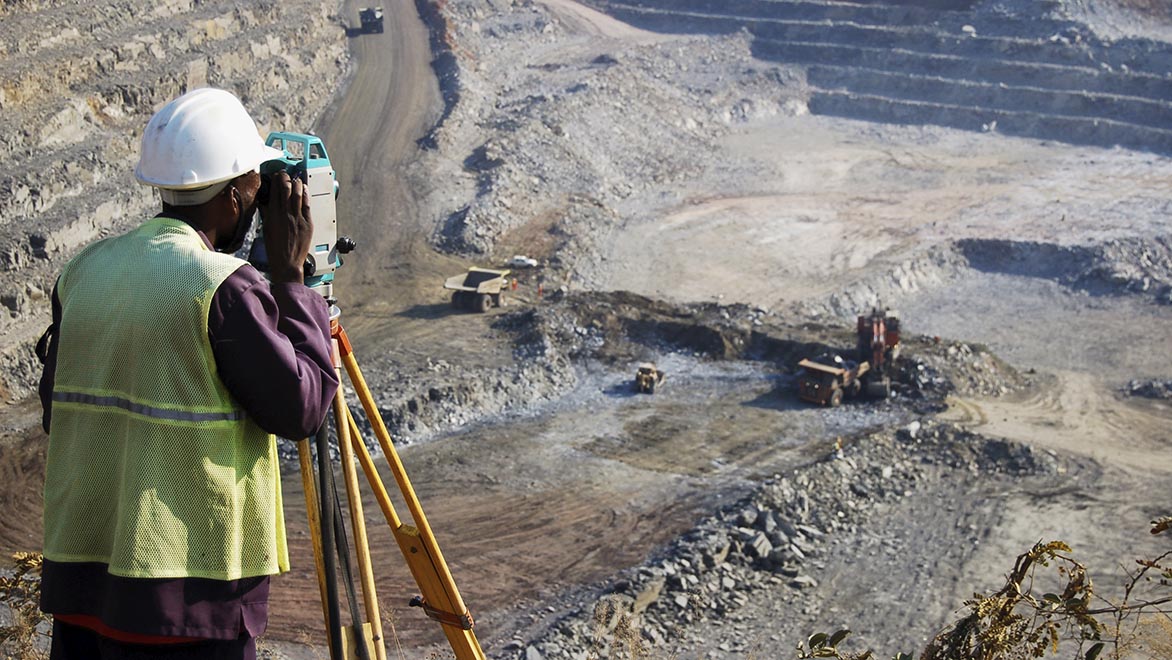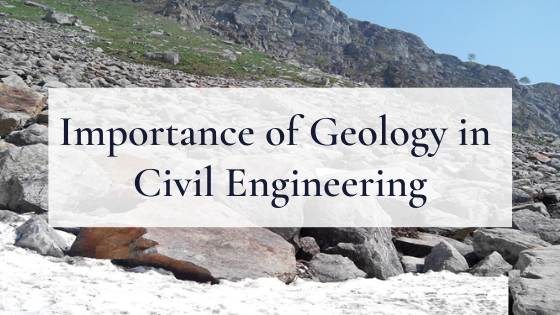An Unbiased View of Geotechnical Engineering For Construction Projects
An Unbiased View of Geotechnical Engineering For Construction Projects
Blog Article
Geotechnical Engineering For Construction Projects for Dummies
Table of ContentsThe Geotechnical Engineering For Construction Projects DiariesThe Greatest Guide To Geotechnical Engineering For Construction ProjectsThe Of Geotechnical Engineering For Construction ProjectsThe Ultimate Guide To Geotechnical Engineering For Construction ProjectsSome Ideas on Geotechnical Engineering For Construction Projects You Should Know
Therefore, during the examination, it is important to pierce at the needed deepness and the needed number of holes based on the suggestion of the Canadian Structure Design criterion. Occasionally, the proprietor might save some Geotechnical Investigation cost but wind up investing greater than the anticipated throughout the construction price.The obligations of the geotechnical expert involve giving product testing for building and construction assistance. Geotechnical Engineering for Construction Projects. Geotechnical designers analyse all the area examination records to guarantee that building and construction is going on based on the project specification. Throughout construction, a confirmatory test for dirt compaction is done on-site to guarantee that no future settlement happens
After the concrete is poured -7 days and 28 days- tests are conducted on concrete examples accumulated from the site to make sure that the concrete poured meets the style requirement. Asphalt core is taken after the Asphalt is laid and compressed to verify that it meets the design standard. All lab examination records are analysed by the Geotechnical Engineer to ensure that it meets the project specification.
The smart Trick of Geotechnical Engineering For Construction Projects That Nobody is Discussing

Geotechnical design plays an important duty in making sure the stability of building tasks. Learn how it influences design and general job success. Geotechnical engineering is an important branch of civil design that concentrates on comprehending the behaviour of planet products, such as soil and rock. It includes evaluating subsurface conditions to make certain that a structure's structure or framework is steady and safe and secure.
For a reputable structure and a smooth building process, trust to provide the experience you need. Call to get professional guidance and geotechnical services tailored to your next project.
Some Known Facts About Geotechnical Engineering For Construction Projects.
When starting a land advancement project, comprehending the ground underneath your feet is as essential as the frameworks you prepare to build above it. Our Geotechnical Engineering team analyse the ground, guaranteeing it appropriates for the recommended advancement while offering you with the details required to meet your project goals.
Geotechnical Engineering takes a look at the development of the ground, as it is the structure blocks for all jobs. Where structures need to be made with respect to the ground problems; ground problems (e.g., soft ground) might require reinforcing depending on the size of the desired structure. Before structure, you need to understand regarding the groundwater, soil framework, and liquefaction probability of your land.
For sites that are not attached on the local authority framework extra site examinations would certainly be called for to supply technical inputs for on-site stormwater and wastewater. We have actually experienced Geotechnical Designers based in each workplace, sustaining your geotechnical demands across the country. Get to out to us to talk about exactly how we can sustain your following job.
These reports are customized to meet the particular demands of a task and consist of design specifications and advice for the building and construction of a variety of synthetic frameworks. Along with providing consultancy services covering areas such as slope stability and load-bearing capacities for different products, these engineers undertake r & d activities to improve methodologies, devices, products understanding and evaluation covering entire lifecycles.
Geotechnical Engineering For Construction Projects - An Overview

Nevertheless, prices of pay generally increase as your knowledge and skills expand, with standards indicating a graduate starting wage of between 18,000 and 28,000 each year in the UK. This rises to 26,000 to 36,000 with a couple of years of experience and then getting to 40,000 to 60,000+ for senior, legal or master engineers.
However, with the best application it is possible to grasp the occupation and gain access to a challenging yet gratifying and essential career. A rock hound would certainly need to go to website retrain to come to be a geotechnical engineer, although there is lots of cross-over between the two careers, which could make this easier - Geotechnical Engineering for Construction Projects. Geologists need to have an understanding of soils, rocks and other materials from a clinical point of view, while geotechnical designers story their expertise of issues such as dirt and rock auto mechanic, geophysics and hydrology and use them to design and ecological jobs
When starting, these designers will tend to work with much less intricate tasks, accumulating expertise and experience all set for more tough try this website work later on. Geotechnical engineers tend to specialise in certain locations as they expand in experience, concentrating on certain infrastructures such as trains, roads or water. These designers also deal with renewable power, offshore and onshore oil and gas, nuclear power, and a lot more.
All About Geotechnical Engineering For Construction Projects
The moment taken to become a geotechnical designer depends on where you are based, where you research study and what degree of education you desire to attain prior to getting in the workplace. As an example, are you mosting likely to explore an apprenticeship, take a college level or work on in the direction of a Master's or PhD? Generally-speaking it takes 3-4 years to get to the basic needs to begin a career as a geotechnical designer.
These operations allow experts to evaluate a host of soil technicians consisting of weight, porosity, void-to-solid particle ratio, permeability, compressibility, optimum shear toughness, bearing capability and deformations. If the structure needs a deep structure, designers will use a cone infiltration test to estimate the quantity of skin and end bearing resistance in the subsurface.
When evaluating an incline's balance of shear tension and shear toughness, or its capacity to hold up against and undertake activity, rotational slides and translational slides are frequently taken into consideration. Rotational slides fail along a rounded surface, with translational slides occurring on a planar surface area. A specialist's objective is to figure out the problems at which an incline failure could occur.
Frequently, searchings for recommend that a site's dirt should be treated to enhance its shear strength, rigidity and permeability prior to style and construction. When it comes time to outline foundation plans, experts are increasingly concentrated on sustainability, more especially exactly how to minimize a structure's carbon footprint. One technique check has actually been to change 20 percent of a foundation's cement with fly ash, a waste item from coal fire power plants.
Report this page